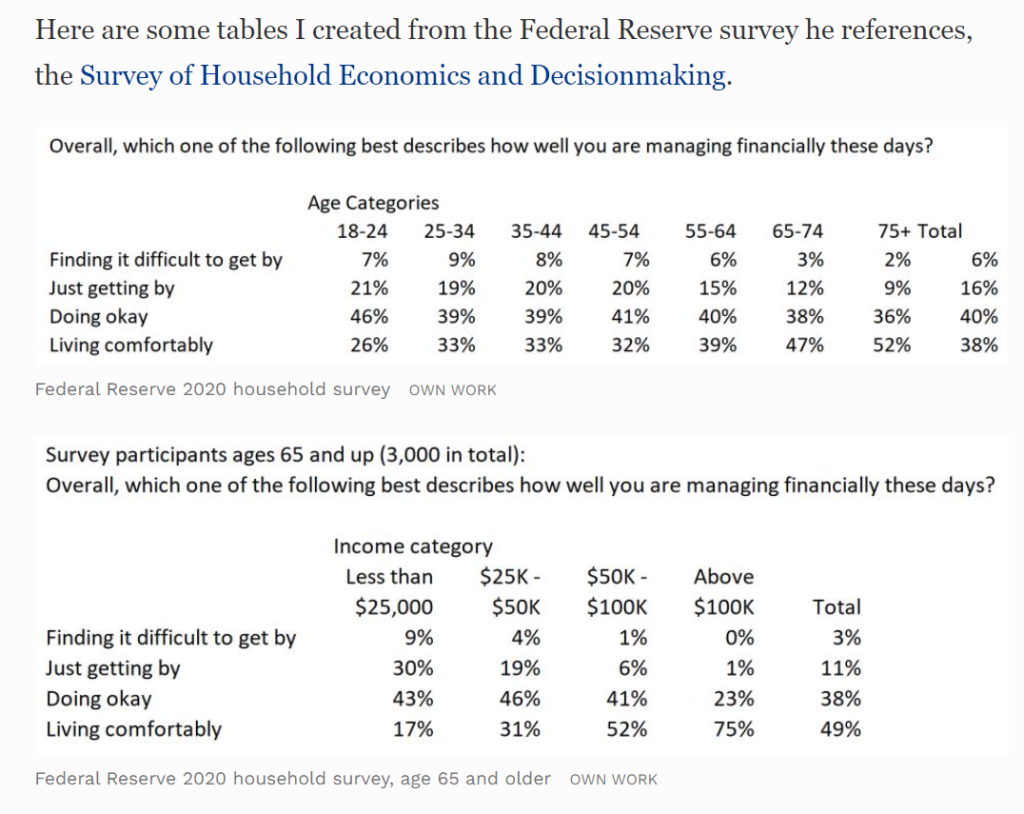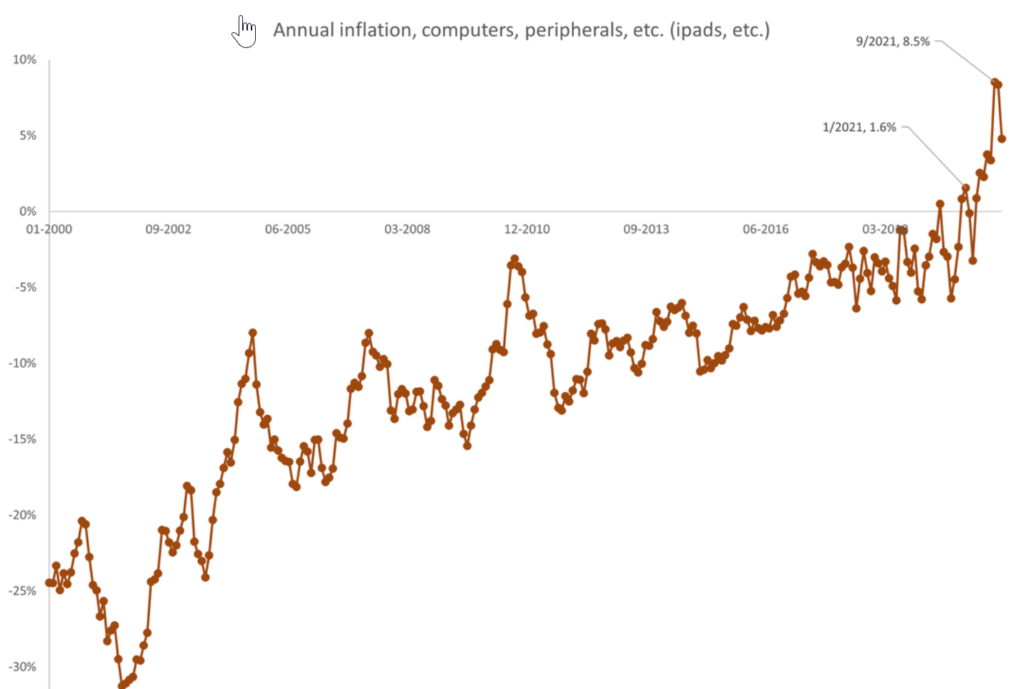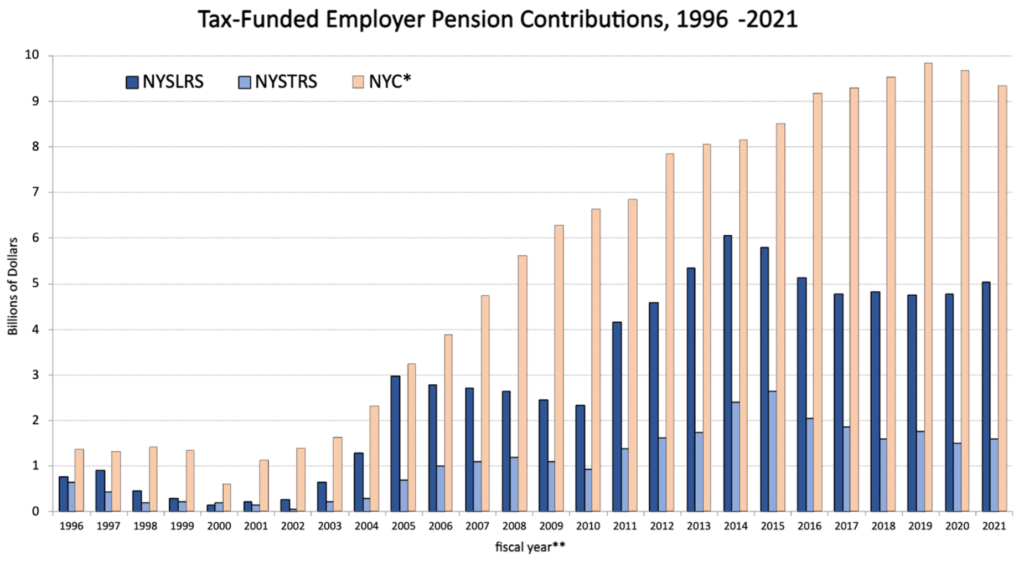Excerpt:
As for Mendoza’s claim that Illinois is paying its bill, that’s simply not true. The state entirely ignored the hole in its unemployment fund in its current budget and future budget forecasts. In reality, the state will not just have to repay the loan but must also restore the fund to a sound balance, which will probably take another $1.5 billion at least, which was the balance before the pandemic. Nor does Illinois pay its full bill for the 800-pound gorilla, pensions. Year after year it contributes far less to its pension funds than actuaries say is required to prevent unfunded liabilities from growing.
Mendoza supported her claim that Illinois is paying its bills by saying, as she frequently does, that Illinois shrunk its bill backlog by about 80% since its historic high of $16.7 billion during the 2015-2017 budget impasse.
Author(s): Mark Glennon
Publication Date: 3 Jan 2022
Publication Site: Wirepoints





